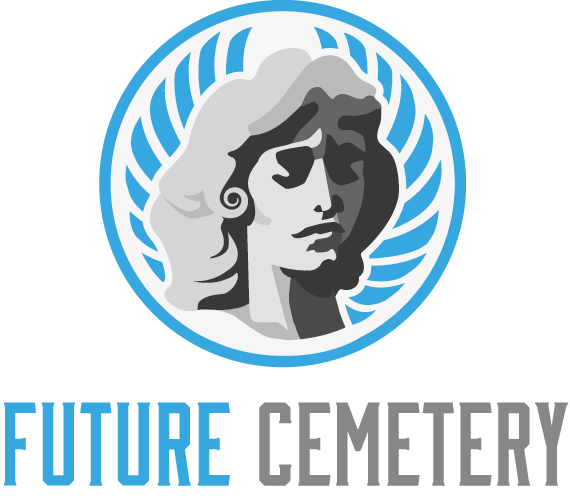Memorial Park is a naturally beautiful oasis that replenishes the body, mind and spirit. The park offers golf, tennis, swimming, croquet and many other outdoor activities.
Unlike traditional cemeteries, memorial parks prioritize beauty, calm and comfort. They also offer a sense of community for families.
Memorial Walls
In the center of Memorial Park is the Wall, a V-shaped display of 70 separate inscribed panels. Its inscriptions – beginning at the Washington Monument and Lincoln Memorial, and ending with the Wall’s origin point – show how each casualty is part of the larger history of our country and our world.
The Wall’s polished black granite reflects the trees and lawns around it, creating a quiet protected space unto itself while still harmonizing with the overall design of Constitution Gardens. Designed by Maya Lin, the Wall’s shape and placement reflect her vision of the American soldier as a heroic figure.
To either side of the central display are two “learning rooms” defined by low-lying perimeter shrubs. Rising from the crushed gravel surface in these areas are 234 smaller granite markers shaped to evoke tombstones. Each is different in form and size to represent the diversity of Holocaust survivors. A geophysical investigation of Memorial Park in 2006, by IUP Archeological Services, helped to establish the possible locations of gravesites within the site.
Vietnam War Memorial
The Vietnam War Memorial, designed by Maya Lin, honors the 58,000 Americans killed or listed as missing in action during the war. A black granite V-shaped wall with 74 panels lists the names, arranged in chronological order of death or disappearance.
The names of those lost in the conflict appear on panels ranging from 246 feet 9 inches to the center of the wall. Each panel lists the name of a single person, starting with 1959—the year of the first official death in combat—and ending with 1975.
The names of those missing are included on both sides of the memorial, and a symbol appears next to each name to denote whether the service member is confirmed dead or missing. A bronze statue, known as The Three Servicemen, unveiled in 1984, depicts three uniformed men—a Hispanic man, an African American man, and a Caucasian man—representing the disparate groups that served together in the military during the war.
Tribute in Light
The twin pillars of light that rise over the World Trade Center on September 11 each year are an iconic symbol of remembrance and hope. First presented six months after the attacks and since reinstalled every year on the anniversary, they’re a tribute to those lost and a reminder that in darkness there can be light.
Located atop the Battery Parking Garage south of Ground Zero, the lights are comprised of eighty-eight 7,000-watt searchlights that can be seen from over 60 miles away. They are positioned into two 48-foot squares to mirror the shape and orientation of the original Twin Towers.
But the lights also pose a risk to migratory birds that fly through Lower Manhattan at night, as they are attracted to bright light and can become trapped in the beams, circling endlessly and wasting precious energy. For this reason, NYC Bird Alliance scientists monitor the site and work with producers of the Tribute (now the National September 11 Memorial & Museum and Michael Ahern Production Services) to shut off the lights if birds are caught in them.
Survivor Tree
In the months following the terrorist attacks of 9/11, recovery workers came across a battered Callery pear tree in the rubble of Ground Zero. Its branches were torn, its roots uprooted and burned, but it was alive, the first living thing they found on the site. Known as the Survivor Tree, it has since become a symbol of hope and resilience.
It was brought to a nursery in the Bronx, where it received nurturing care. Despite its ravaged exterior, it flourished, growing to 30 feet tall and blossoming each spring. It was returned to the memorial plaza in 2010 as a living reminder of hope and healing.
Each year, the Survivor Tree gives seedlings to communities that have endured tragedy. In 2013, the Memorial began the Survivor Tree Seedling Program, in partnership with Bartlett Tree Experts and John Bowne High School in Queens, to honor those who have lost their lives through acts of violence or natural disasters.
